Throughout history, certain artists have emerged as pivotal figures whose work has shaped their own era and laid the groundwork for future generations of creators. These influential artists have challenged societal norms, redefined artistic expression, and provided a rich cultural commentary that resonates even today. Understanding their contributions is crucial, as it allows us to appreciate how art evolves in response to the cultural and historical contexts surrounding it. For instance, the impact of the Harlem Renaissance artists opened doors for African American voices in literature and art, paving the way for contemporary creators who address race and identity in their work.
Artists serve as cultural commentators, often reflecting and influencing the societal values and norms of their times. For example, the works of Frida Kahlo, with their exploration of identity and pain, have inspired countless artists to embrace their unique narratives. Kahlo’s ability to depict personal experiences through her art resonates with many, encouraging a deeper understanding of cultural identity and emotional expression. This influence extends to modern artists who use their platforms to address social issues, demonstrating that the legacy of pioneering artists continues to shape the artistic landscape today.
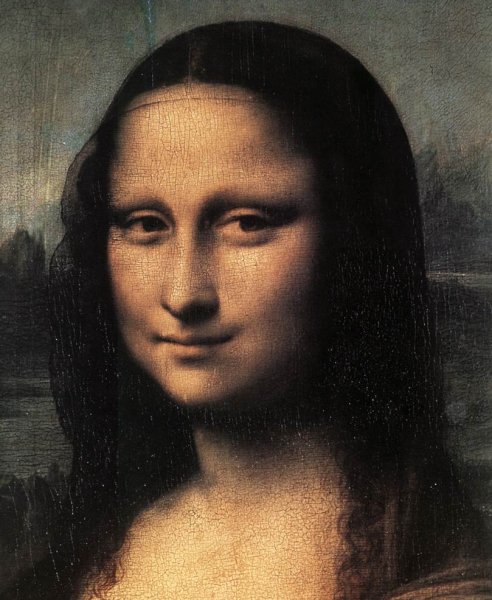
Leonardo Da Vinci
Leonardo da Vinci is often hailed as the quintessential Renaissance man, seamlessly blending art and science in his masterpieces like the Mona Lisa and The Last Supper. His innovative techniques, such as chiaroscuro and sfumato, revolutionized the portrayal of light and shadow, significantly influencing the realism dominating Western art for centuries. Da Vinci’s meticulous anatomical studies advanced artistic practices and laid the foundation for scientific exploration of the human body, showcasing the interconnectedness of art and science. His approach emphasized observation and inquiry, which continue to be vital in artistic and scientific endeavors.
His sketches and inventions display a visionary mind that transcended the confines of his time. For example, his detailed designs for flying machines and other inventions illustrate a profound curiosity that continues to inspire artists and scientists alike. Da Vinci’s wide-ranging interests in various fields encouraged a holistic approach to creativity, reminding us that inspiration can come from diverse sources. This interdisciplinary thinking paved the way for future artists to explore beyond traditional boundaries, encouraging them to incorporate elements from science, philosophy, and technology into their work.

Michelangelo Buonarroti
Michelangelo Buonarroti’s contributions to art are monumental, most notably through his work on the Sistine Chapel ceiling. This masterpiece not only epitomizes Renaissance art but also showcases Michelangelo’s ability to convey profound emotional depth through his characters. His iconic sculpture of David redefined the portrayal of the human form, emphasizing anatomical precision and emotional expression, which would influence generations of sculptors to come. Michelangelo’s work is characterized by a sense of dynamism and intensity, reflecting the human experience in a way that resonates with viewers even centuries later.
Beyond his sculptures and paintings, Michelangelo’s architectural designs, such as St. Peter’s Basilica in Vatican City, demonstrated the potential of human creativity and craftsmanship. His work is not merely confined to the visual; it also encompasses the spatial and structural, creating environments that inspire awe. This holistic approach to art illustrates how an artist can impact multiple disciplines, encouraging future generations to think expansively about their own creative practices. Michelangelo’s legacy is a reminder of the importance of emotional authenticity in artistic expression, inspiring artists to pursue excellence and deeply connect with their audiences.
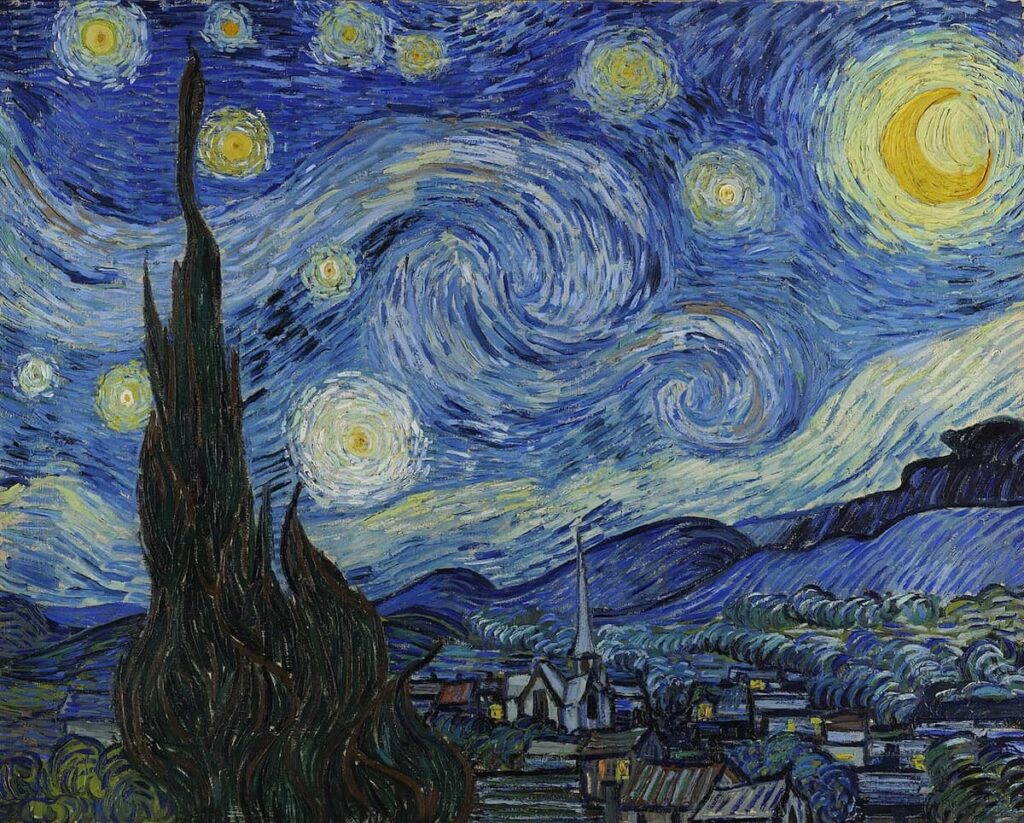
Vincent Van Gogh
Vincent Van Gogh’s artistic journey is a poignant testament to the power of emotional expression. Known for his vibrant colors and passionate brushwork, his iconic painting Starry Night captures the tumult of his inner life, inspiring later artists to delve into personal narratives. Posthumously celebrated, Van Gogh’s work paved the way for modern art movements, particularly Expressionism, by encouraging artists to convey their emotions through bold colors and dynamic forms. His technique of using color to evoke feelings rather than merely depict reality opened new avenues for artistic exploration.
His correspondence with fellow artists, particularly Paul Gauguin, provides insight into his struggles and philosophies, allowing contemporary audiences to connect with his artistic vision on a deeper level. The tragic narrative of Van Gogh’s life, marked by mental health challenges, has prompted discussions about the intersection of art and personal experience, influencing how artists today approach their own narratives. His life story serves as a powerful reminder that vulnerability can lead to profound artistic breakthroughs, encouraging modern creators to embrace their own challenges and express them through their art. The emotional depth found in Van Gogh’s works resonates with many artists who seek to explore their inner worlds.
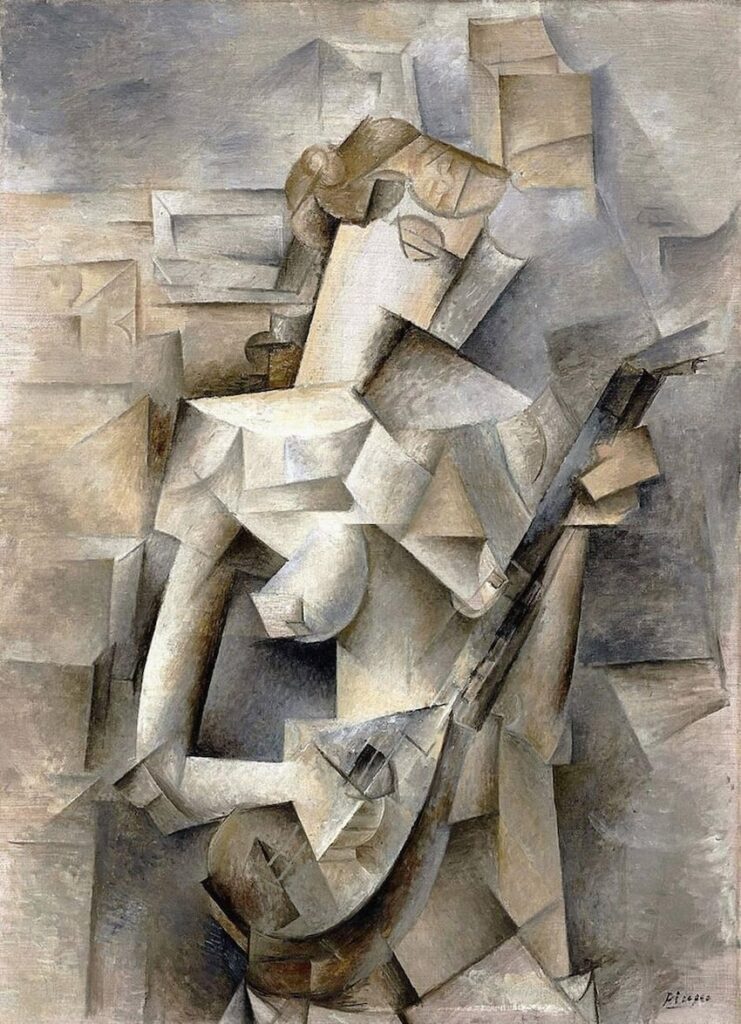
Pablo Picasso
Pablo Picasso’s impact on the art world is undeniable, particularly as a co-founder of the Cubist movement. His innovative approach to spatial representation transformed perceptions of art and challenged conventional forms. Iconic works like Guernica not only reflect his artistic genius but also serve as powerful political statements against war and oppression. Picasso’s diverse exploration of mediums, including painting, sculpture, and ceramics, encouraged future artists to experiment and break free from traditional constraints. His willingness to push boundaries and redefine artistic norms has inspired countless creatives to think outside the box.
His ability to evolve artistically, as seen in his Blue and Rose periods, showcases a depth of emotional and narrative exploration that continues to resonate in contemporary art. Each phase of Picasso’s career demonstrates how an artist can adapt and change in response to personal and societal influences. This adaptability serves as a model for modern artists, encouraging them to embrace change and continually reinvent themselves. Picasso’s legacy is one of innovation and exploration, inspiring artists to take risks in their creative processes and challenge the status quo.
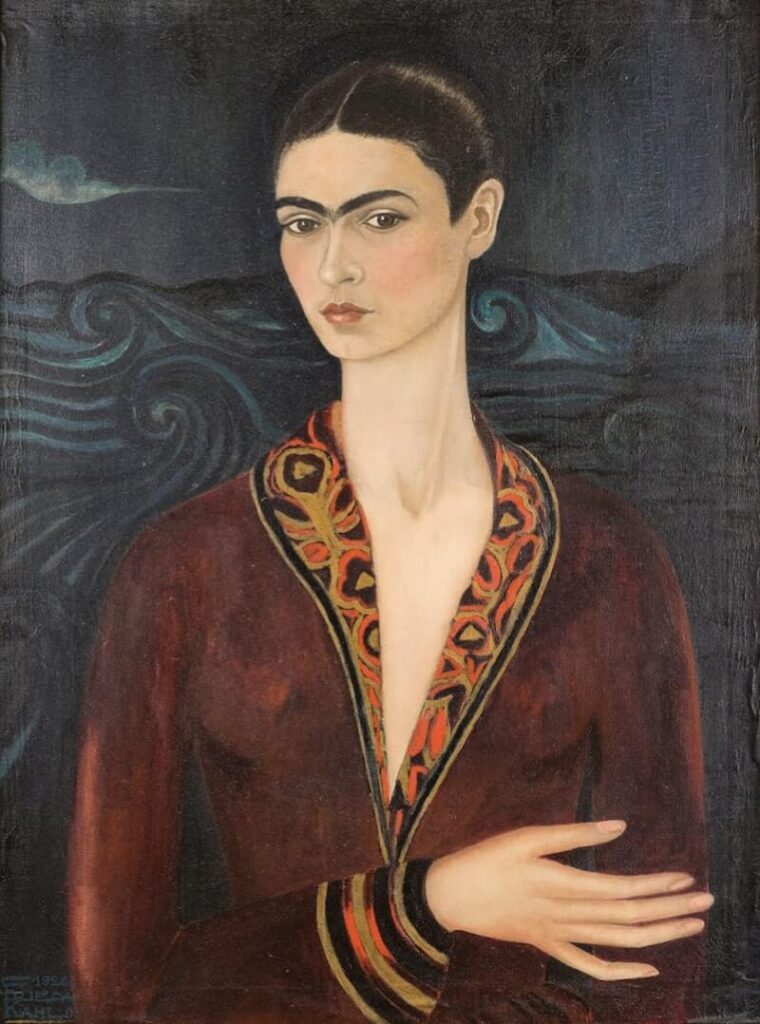
Frida Kahlo
Frida Kahlo’s art is celebrated for its bold exploration of identity, pain, and femininity, making her a significant figure in feminist discourse. Her self-portraits, characterized by vibrant colors and surreal imagery, invite viewers to engage with her personal experiences and cultural identity. Kahlo’s unique narrative style empowers generations of women artists to explore their own identities and embrace their cultural heritage. She skillfully weaves personal and political themes into her work, illustrating how art can be a powerful means of self-expression and social commentary.
Her work often incorporates symbolism that reflects her struggles with physical pain and her passionate political beliefs. One poignant example is The Two Fridas, which depicts her dual identity and emotional turmoil following her divorce from Diego Rivera. This multifaceted approach to art encourages contemporary artists to delve into deeper emotional and psychological themes, fostering a connection between personal experiences and broader societal issues. Kahlo’s art continues to inspire discussions about gender, identity, and the healing power of creativity, reinforcing the notion that art can serve as a platform for advocacy and change.
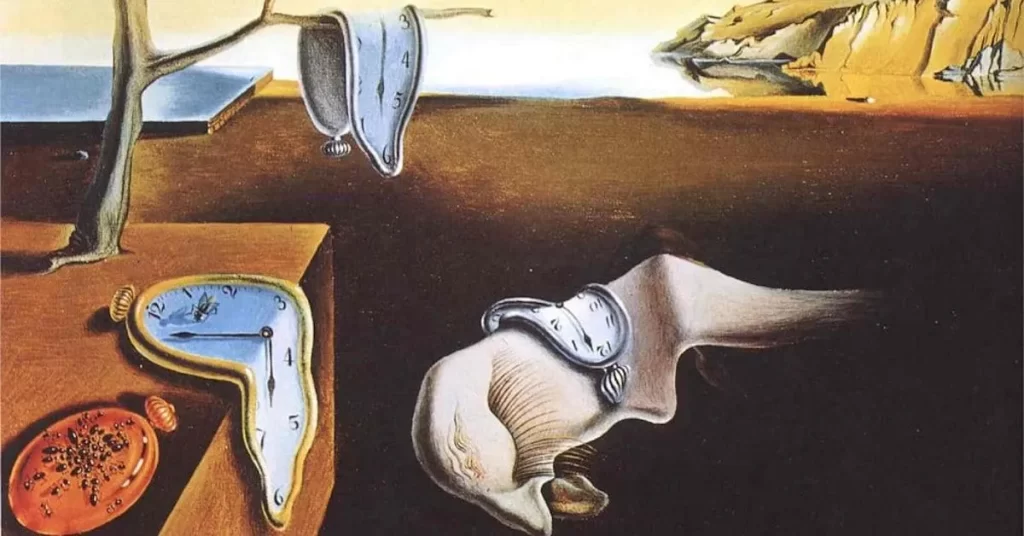
Salvador Dali
Salvador Dali’s surrealist masterpieces, such as The Persistence of Memory, challenge conventional perceptions of reality and time, making him a leading figure in the Surrealist movement. His eccentric persona and innovative artistic style encourage later artists to embrace their individuality and explore the depths of their imaginations. Dali’s collaborations with filmmakers, including his work on Spellbound, helped expand surrealism into new realms, showcasing the interdisciplinary nature of art. His willingness to experiment with different mediums not only enriched his own work but also inspired a broader acceptance of surrealism across various artistic fields.
His exploration of dreams and the subconscious opened new avenues for psychological themes in art, influencing generations of artists to examine the complexities of human consciousness. Dali’s use of bizarre imagery and symbolism prompts viewers to confront their perceptions and embrace the irrational aspects of life. This approach has encouraged contemporary creators to explore their subconscious and incorporate dreamlike elements into their work. Dali’s legacy continues to resonate as artists strive to break free from conventional narratives and explore the uncharted territories of the mind.
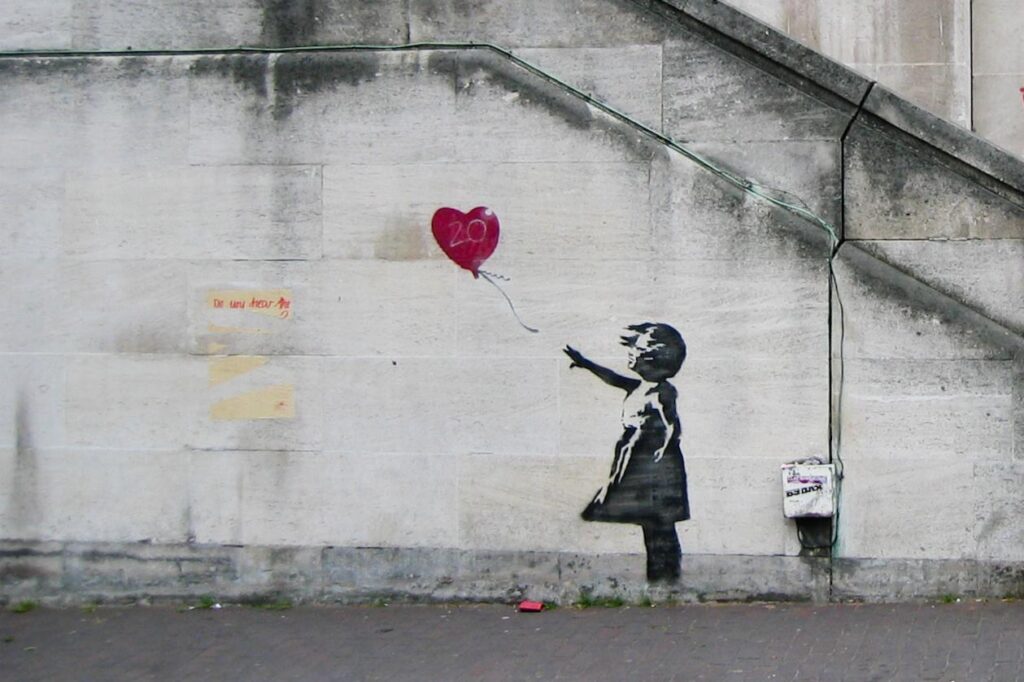
Banksy
Banksy, the enigmatic street artist, has made a significant impact on contemporary art through his thought-provoking graffiti. Works like Girl with a Balloon serve as social critiques, challenging political norms and raising awareness on various issues. Banksy’s approach to public art has inspired a new generation of artists to utilize urban spaces for creative expression, blurring the lines between art and activism. His ability to convey complex messages through simple yet powerful imagery allows his work to resonate with a broad audience, transforming public spaces into platforms for dialogue.
His anonymity prompts discussions about authorship and ownership in the art world, highlighting the evolving nature of artistic identity in the digital age. Banksy’s works often incorporate humor and irony, making complex themes accessible and engaging for a wider audience. This approach encourages contemporary artists to think critically about their own messages and how they want to communicate them to the public. By challenging the traditional notions of art as a commodity, Banksy has inspired a movement of socially conscious artists who use their work to effect change and provoke thought.
The Cultural Impact of These Artists
The contributions of these seven artists have significantly shaped cultural narratives throughout history. Each artist has addressed societal values and perspectives through their unique styles and themes, providing a framework for future movements and artistic expression. Their works have sparked conversations about identity, politics, and the role of art in society, demonstrating that creativity can serve as a powerful tool for social commentary and change. The cultural shifts initiated by these artists are evident in the way contemporary creators address issues such as race, gender, and mental health in their work.
Additionally, the evolution of their artistic styles reflects broader historical changes, revealing the interconnectedness of art and society. Numerous exhibitions and studies evidence their continued relevance focused on their contributions, solidifying their places in contemporary artistic discourse. For example, art institutions increasingly showcase diverse narratives that echo the themes explored by these pioneering figures. This underscores the importance of acknowledging historical context while creating new works, ensuring that the legacies of these artists remain integral to the ongoing dialogue within the art community.
Lasting Legacies and Contemporary Influence
The techniques and themes introduced by these influential artists remain foundational in modern art practices. Many contemporary artists cite figures like Picasso and Van Gogh as inspirations, indicating the enduring impact of their work on new generations of creators. Furthermore, the societal themes addressed by these artists continue to resonate, inspiring current movements for social justice and change, showcasing the timeless nature of their contributions. Today’s artists often draw upon the emotional depth and innovative techniques of their predecessors to inform their own creative practices.
This cultural legacy transcends various mediums, influencing visual art, literature, and performance. The connection between art and writing is particularly evident as modern writers draw upon the themes and styles of these pioneering figures, demonstrating the profound interconnectedness of all forms of creative expression. For instance, the influence of Kahlo’s introspective narrative style can be seen in contemporary writers who explore personal trauma and identity. The legacies of these artists continue to inspire and challenge new generations, reminding them of the power of creativity to enact change and foster understanding.
The Significance of Recognizing Artistic Pioneers
Recognizing the artists who have paved the way for future generations is crucial for appreciating the evolution of art and its cultural significance. By exploring the works of these influential figures, aspiring artists can draw inspiration while developing their unique voices. Understanding the historical and cultural contexts surrounding these artists provides valuable insights into the ongoing evolution of art. This recognition encourages a deeper appreciation for the struggles and triumphs faced by these pioneers, fostering a sense of connection between past and present creators.
As art continues to shape societal values, the legacies of these pioneering artists remind us of the transformative power of creativity. Encouraging modern artists to engage with these historical narratives not only enriches their practice but also fosters a deeper appreciation for the role of art in shaping our world. The lessons learned from these influential figures serve as guiding principles for aspiring artists, urging them to challenge norms, embrace experimentation, and remain true to their artistic vision. In doing so, they honor the legacies of those who came before them while contributing their unique perspectives to the ever-evolving art tapestry.
For poetry and more, visit Mecella.
